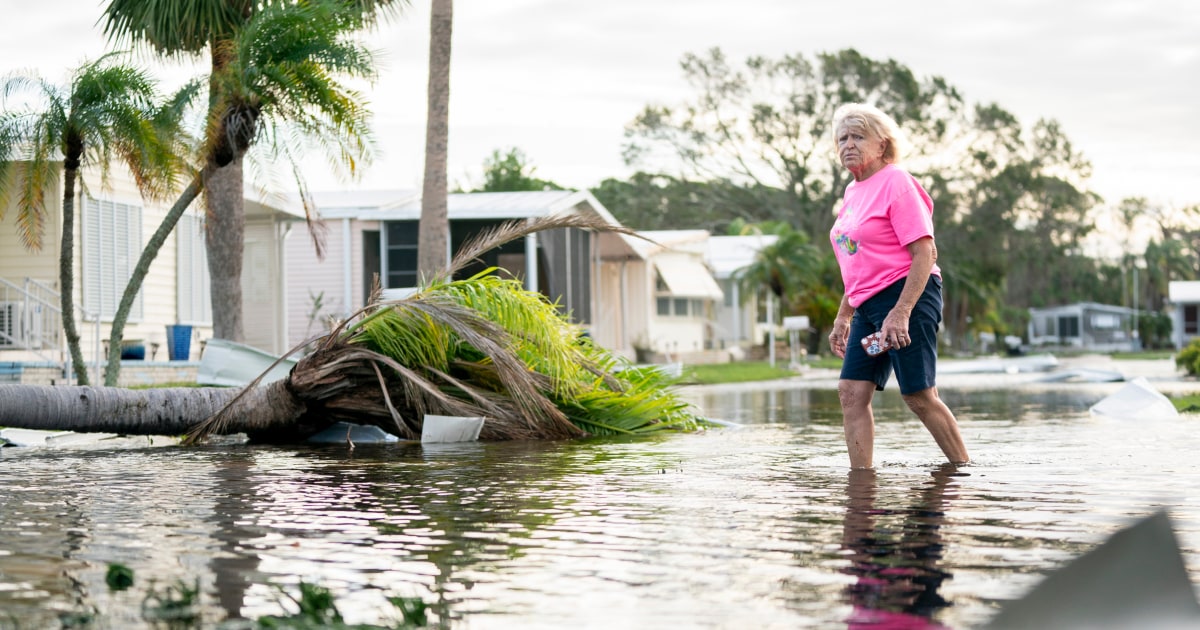Hurricane Milton dumped so much rain over parts of Florida’s Tampa Bay area that it qualified as a 1-in-1,000-year rainfall event.
St. Petersburg had 18.31 inches of rain — or more than 1.5 feet — in the 24-hour period during which the storm made landfall, according to precipitation data from the National Weather Service.
That included a staggering 5.09 inches in one hour, from 8 p.m. to 9 p.m. ET — a level considered to have roughly a 0.1% chance of happening in any given year.
“THIS IS INSANE! St. Petersburg has reported 5.09 inches of rain in ONE HOUR and 9.04 inches in 3 hours,” Matthew Cappucci, an atmospheric scientist and senior meteorologist at MyRadar Weather, posted Wednesday on X. “That’s more rare than a thousand year rain event.”
Milton made landfall on Wednesday at 8:30 p.m. ET near Siesta Key, as a strong Category 3 storm.
Other significant rainfall totals across Florida included 14.01 inches in Clearwater Beach, 13.09 inches in Baskin, 11.43 inches in Tampa and 10.12 inches in Seminole.
It takes time to understand the influence of climate change on individual weather events, so scientists have not yet been able to complete analyses of its effect on Milton. But in general, experts know that global warming is making storms wetter and more intense.
Studies have shown that global warming is increasing sea surface temperatures, which provides extra energy for storms, allowing them to gain speed and intensity. The unusually high sea surface temperatures in the Gulf of Mexico that helped both Hurricanes Milton and Helene strengthen were 200 to 500 times more likely because of climate change, according to research released Wednesday.
A warmer atmosphere can also hold more water: For every degree Fahrenheit that the planet heats up, the atmosphere can hold about 3% to 4% more moisture. That makes storms capable of dumping enormous amounts of rain over land.
Milton’s driving rain along Florida’s Gulf Coast quickly inundated roadways, homes and other structures. The National Weather Service issued a flash flood emergency for Tampa and St. Petersburg that lasted until 2:30 a.m. ET Thursday.
Forecasters had anticipated heavy rain as Milton barreled into Florida. In the hours before landfall, the National Hurricane Center said it expected 6 to 12 inches of rain across central and northern portions of the Florida Peninsula through Thursday, with localized totals up to 18 inches.
Even Florida’s east coast has been hammered by rain. Preliminary measures on Wednesday indicated that 7 inches had fallen in St. Augustine, 7.38 inches in Titusville and 3.05 inches in Daytona Beach, according to the National Hurricane Center.
Hurricane Milton has moved back out to sea, but additional rainfall and flooding are expected to persist through Thursday in parts of eastern and central Florida, according to the National Hurricane Center.






